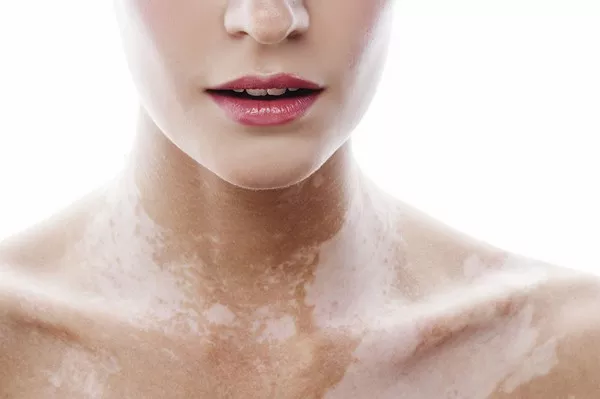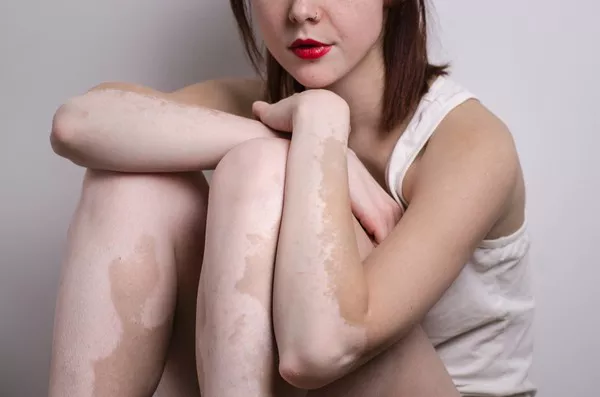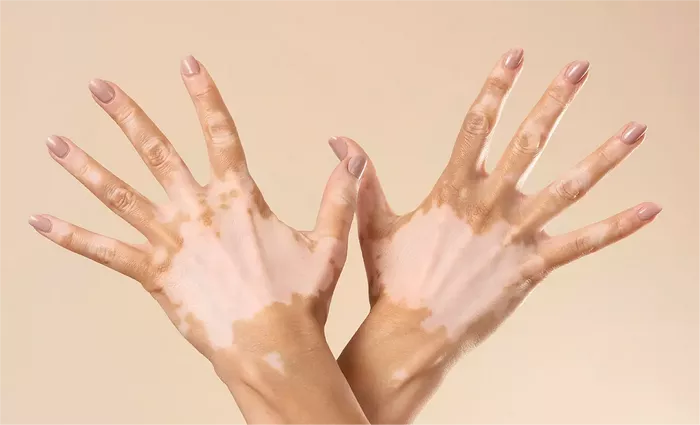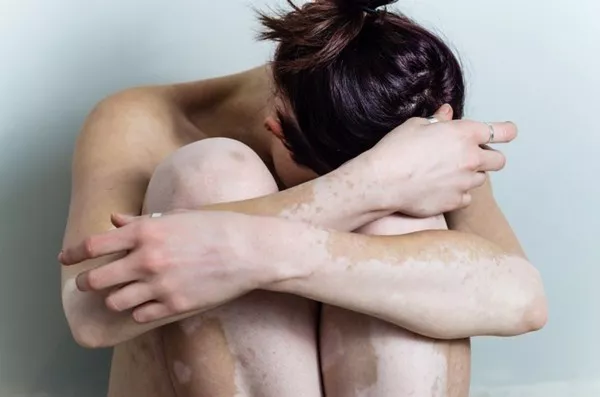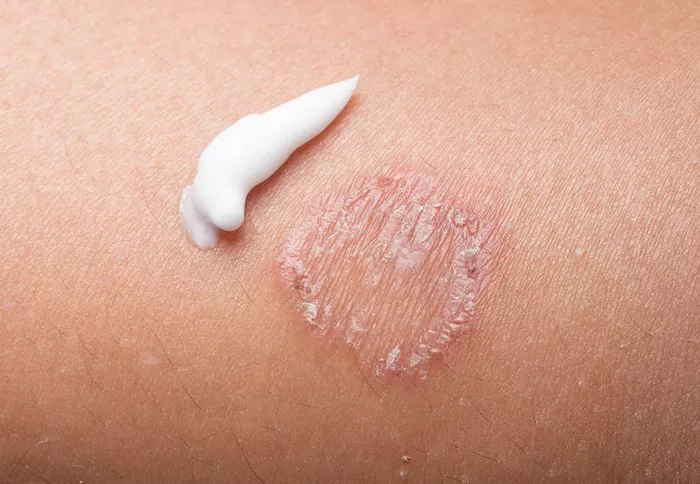Vitiligo is a chronic skin condition characterized by the loss of pigment, resulting in white patches on various parts of the body. While the exact cause of vitiligo remains unclear, it is widely believed to involve a combination of genetic, environmental, and autoimmune factors. Although there is no definitive cure for vitiligo, there are several natural approaches that may help in preventing or managing the condition. This article explores these methods in detail.
Understanding Vitiligo
Before delving into prevention strategies, it’s essential to understand what vitiligo is and how it affects the body. Vitiligo occurs when melanocytes, the cells responsible for producing pigment in the skin, die or stop functioning. This leads to the development of white patches on the skin, which can spread over time. The condition affects people of all skin types, but it may be more noticeable in individuals with darker skin.
The progression and severity of vitiligo vary from person to person. Some may experience rapid pigment loss, while others may see the condition stabilize or even improve without treatment. Given this variability, preventing vitiligo involves a multifaceted approach that includes dietary changes, lifestyle modifications, and the use of natural remedies.
1. Dietary Adjustments
A well-balanced diet is crucial for overall health and can play a significant role in preventing vitiligo. Certain nutrients are particularly beneficial for skin health and may help in maintaining the function of melanocytes.
Antioxidants
Antioxidants protect the body from oxidative stress, which is believed to contribute to the destruction of melanocytes. Foods rich in antioxidants include:
- Fruits and Vegetables: Berries, citrus fruits, leafy greens, and bell peppers are excellent sources of vitamins C and E, powerful antioxidants that support skin health.
- Nuts and Seeds: Almonds, walnuts, and sunflower seeds provide vitamin E and other nutrients that promote skin health.
- Green Tea: Contains polyphenols, which have potent antioxidant properties.
Vitamins and Minerals
Certain vitamins and minerals are essential for maintaining healthy skin and may help prevent vitiligo:
- Vitamin D: Exposure to sunlight is the primary source of vitamin D, which plays a role in skin health. Foods like fatty fish, egg yolks, and fortified dairy products can also provide vitamin D.
- Vitamin B12 and Folic Acid: Found in meat, fish, dairy products, and leafy greens, these vitamins are important for skin health and immune function.
- Copper and Zinc: These minerals are vital for the production of melanin. Foods such as shellfish, nuts, seeds, and whole grains are good sources.
Omega-3 Fatty Acids
Omega-3 fatty acids have anti-inflammatory properties and are found in fatty fish, flaxseeds, chia seeds, and walnuts. These healthy fats can support overall skin health and may help reduce inflammation associated with vitiligo.
2. Herbal Remedies
Several herbs have been traditionally used to treat vitiligo and may help prevent its onset. While scientific evidence is limited, some herbal remedies show promise in promoting repigmentation and protecting melanocytes.
Ginkgo Biloba
Ginkgo biloba is known for its antioxidant and immune-modulating properties. Some studies suggest that ginkgo biloba can help slow the progression of vitiligo and stimulate repigmentation.
Turmeric
Turmeric contains curcumin, a compound with strong anti-inflammatory and antioxidant properties. Consuming turmeric in food or as a supplement may support skin health and protect against oxidative stress.
Aloe Vera
Aloe vera has soothing and healing properties that can benefit the skin. Applying aloe vera gel to the affected areas may help promote repigmentation and reduce inflammation.
Psoralea Corylifolia (Babchi)
Babchi seeds have been used in traditional Indian and Chinese medicine to treat skin conditions, including vitiligo. Psoralen, a compound found in babchi seeds, can increase skin sensitivity to sunlight and promote pigmentation.
3. Lifestyle Modifications
Making certain lifestyle changes can have a significant impact on preventing vitiligo and managing its symptoms.
Sun Protection
While moderate sun exposure is beneficial for vitamin D synthesis, excessive sun exposure can damage the skin and worsen vitiligo. It is essential to use sunscreen with a high SPF, wear protective clothing, and avoid peak sunlight hours to protect the skin from harmful UV rays.
Stress Management
Chronic stress is believed to contribute to the development and exacerbation of vitiligo. Practicing stress management techniques such as yoga, meditation, deep breathing exercises, and regular physical activity can help reduce stress levels and improve overall well-being.
Avoiding Skin Trauma
Skin injuries, such as cuts, burns, and abrasions, can trigger vitiligo or worsen existing patches. Taking precautions to protect the skin from trauma can help prevent the onset of new patches.
SEE ALSO: Does Vitiligo Spread Throughout the Body
4. Regular Check-Ups and Monitoring
Regular check-ups with a dermatologist can help in the early detection and management of vitiligo. Dermatologists can provide guidance on effective treatments and monitor the progression of the condition. Early intervention can prevent the spread of vitiligo and improve the chances of repigmentation.
5. Alternative Therapies
In addition to conventional treatments, several alternative therapies may help in preventing vitiligo or managing its symptoms.
Acupuncture
Acupuncture, a traditional Chinese medicine practice, involves inserting thin needles into specific points on the body. Some studies suggest that acupuncture can help improve immune function and reduce inflammation, potentially benefiting individuals with vitiligo.
Ayurveda
Ayurvedic medicine, an ancient Indian healing system, offers various remedies for skin conditions, including vitiligo. Ayurvedic treatments often involve dietary changes, herbal supplements, and lifestyle modifications aimed at balancing the body’s energies.
Homeopathy
Homeopathy uses highly diluted substances to stimulate the body’s self-healing mechanisms. While scientific evidence on the effectiveness of homeopathy for vitiligo is limited, some individuals find it helpful in managing their symptoms.
Conclusion
Preventing vitiligo naturally involves a comprehensive approach that includes dietary adjustments, herbal remedies, lifestyle modifications, regular medical check-ups, and alternative therapies. While these strategies may not guarantee complete prevention, they can significantly reduce the risk of developing vitiligo and help manage its symptoms.
It is essential to consult with a healthcare professional before starting any new treatment or making significant changes to your diet or lifestyle. By taking proactive steps to support skin health and overall well-being, individuals can improve their chances of preventing vitiligo and maintaining healthy, vibrant skin.
Related Topics:

